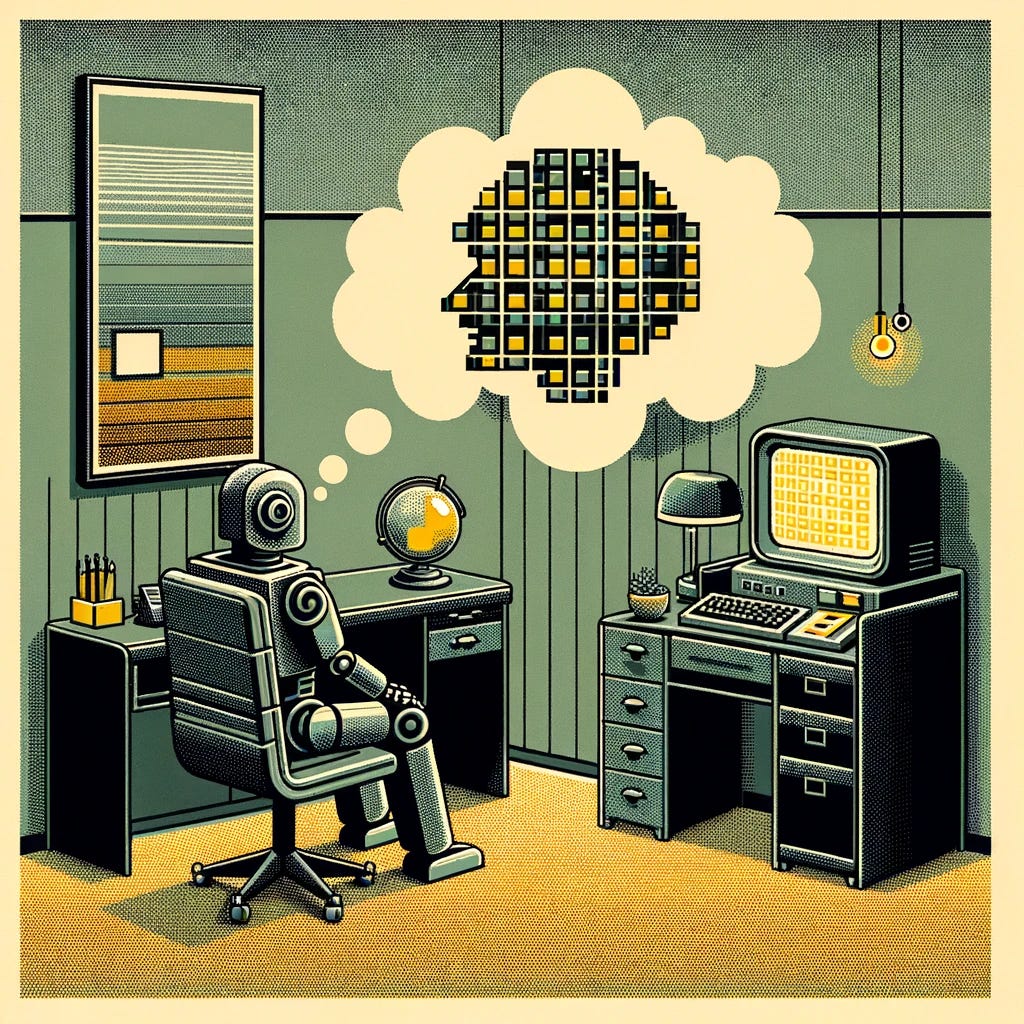It’s been roughly one year since OpenAI introduced ChatGPT, and while following up the launch of what has emerged as one of the more pivotal technological achievements of the 21st century is no small feat, the yesterday’s announcements at OpenAI's first Developer Day did not disappoint.
OpenAI unveiled the new, enhanced GPT-4-Turbo model, granting developers access to DALLE-3 and GPT-4 Vision. However, the highlight of Sam Altman’s keynote was the debut of two tools that provide a window into what could be the central theme of AI innovation in 2024 and beyond: Autonomous Agents.
What Are Agents?
Agents are AI constructs capable of real-time interaction with the world. They accomplish this by digesting information and interfacing with APIs much like a virtual human team would. The promise of agents lies not just in their ability to engage with information but also in their capacity to think and adapt to it while pursuing a specific objective. This capacity for autonomous thought and action in the pursuit of goals is what endows them with ‘agency’.
GPTs vs. Assistants
During the Developer Day, OpenAI introduced two features that mark steps toward integrating autonomous agents into mainstream usage: GPTs and Assistants.
GPTs are 'mini-agents' that allow everyday users of ChatGPT Plus and Enterprise to swiftly generate agents capable of internet browsing, image generation, and data retrieval from uploaded files. For instance, during the Developer Day keynote, Sam Altman demonstrated how to set up a "startup advice" GPT using lecture transcripts from his tenure at Y-Combinator, along with precise instructions for processing the data. The initial capabilities of GPTs are limited, but they represent a significant step forward in making the customization of AI systems accessible to people who lack programming expertise.
Assistants, on the other hand, enable developers to create agent-like applications faster and with greater reliability. Available through the OpenAI API and the Playground, assistants combine capabilities such as information retrieval, code interpretation, file management, and function calling into a user-friendly programming interface.
Assistant Demo: Building A Synthetic Creative Director
Using the Assistants feature in the OpenAI Playground, I can construct a "Synthetic Creative Director" within minutes. This is a use case we’ve explored previously in this newsletter, but what’s remarkable is how easy it is to setup now.
To do this, I simply follow a couple simple steps:
Provide the system with a dataset of Cannes-winning case studies for retrieval.
Give the AI some instructions on how I want it to retrieve and analyze the data.
Once I've set this up, I can access it via the API, incorporating it into my application. The setup process is remarkably straightforward, and the results are substantially superior to those obtained by merely submitting a prompt to ChatGPT.
This demonstration scratches the surface of their capabilities. In future newsletters, we’ll explore what's possible when you begin to integrate their function-calling abilities and the role they might play in part of a broader AI system.
Addition is an AI research and development company for modern brands.
Read about us in the Wall Street Journal
Visit our website to learn about the work we do with brands and agencies


